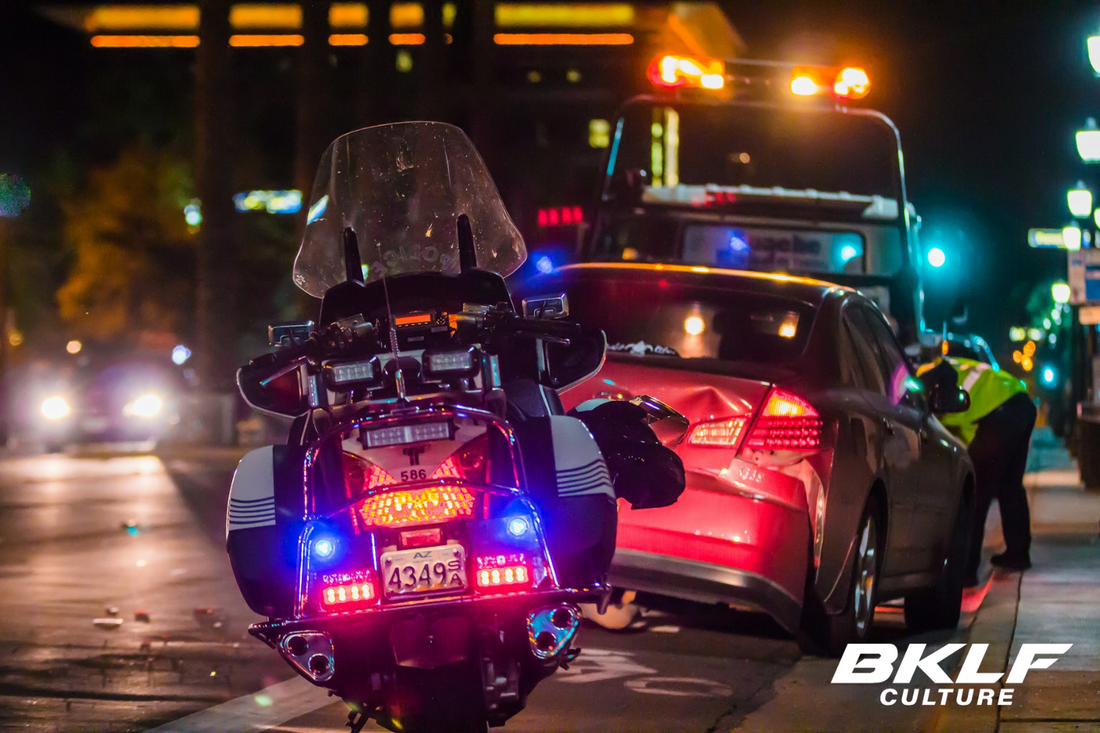Participating in Bikelife activities, like any high-energy and adrenaline-fueled endeavor, comes with inherent risks. Here are some of the primary risks associated with Bikelife:
-
Injury from Falls: Performing stunts such as wheelies, stoppies, and burnouts can result in falls, which may lead to injuries ranging from minor scrapes and bruises to more severe injuries like fractures, concussions, or even spinal cord injuries.
-
Collision with Objects or Vehicles: Riding in urban environments or performing stunts in public spaces increases the risk of colliding with obstacles, vehicles, pedestrians, or other riders. These collisions can result in serious injuries or fatalities.
-
Traffic Accidents: Bikelife activities often involve riding on public roads, where riders may encounter traffic hazards such as distracted drivers, road debris, or poor road conditions. Accidents involving other vehicles can lead to severe injuries or fatalities for riders and passengers.
-
Legal Consequences: Performing stunts or engaging in reckless riding behavior can lead to legal consequences, including citations, fines, impoundment of motorcycles, and even criminal charges in some cases. Law enforcement agencies may crack down on Bikelife activities in response to safety concerns or public complaints.
-
Damage to Property: Performing stunts like burnouts or drifting can cause damage to public or private property, including roads, sidewalks, landscaping, and vehicles. Riders may be held liable for the cost of repairs or restitution for property damage.
-
Negative Community Impact: Bikelife activities that disrupt neighborhoods, create excessive noise, or pose safety risks can lead to negative perceptions among residents, business owners, and local authorities. This can result in increased scrutiny, enforcement actions, or restrictions on Bikelife activities in affected areas.
-
Health Risks from Reckless Behavior: Engaging in reckless riding behavior, such as excessive speed, weaving in and out of traffic, or performing stunts without proper safety gear, increases the risk of injury or death for riders and others on the road.
-
Peer Pressure and Risk-Taking Behavior: In some Bikelife communities, there may be peer pressure to engage in risky or dangerous behavior to prove oneself or gain acceptance. This can lead to individuals taking unnecessary risks or attempting stunts beyond their skill level, resulting in accidents or injuries.
It's essential for Bikelife participants to be aware of these risks and take steps to mitigate them by practicing safe riding techniques, wearing appropriate safety gear, and adhering to traffic laws and regulations. Additionally, fostering a culture of responsibility, respect, and mutual support within the Bikelife community can help minimize the negative impacts associated with these activities.
Shop now our Bikelife products and be part of the Family, don't miss out!


